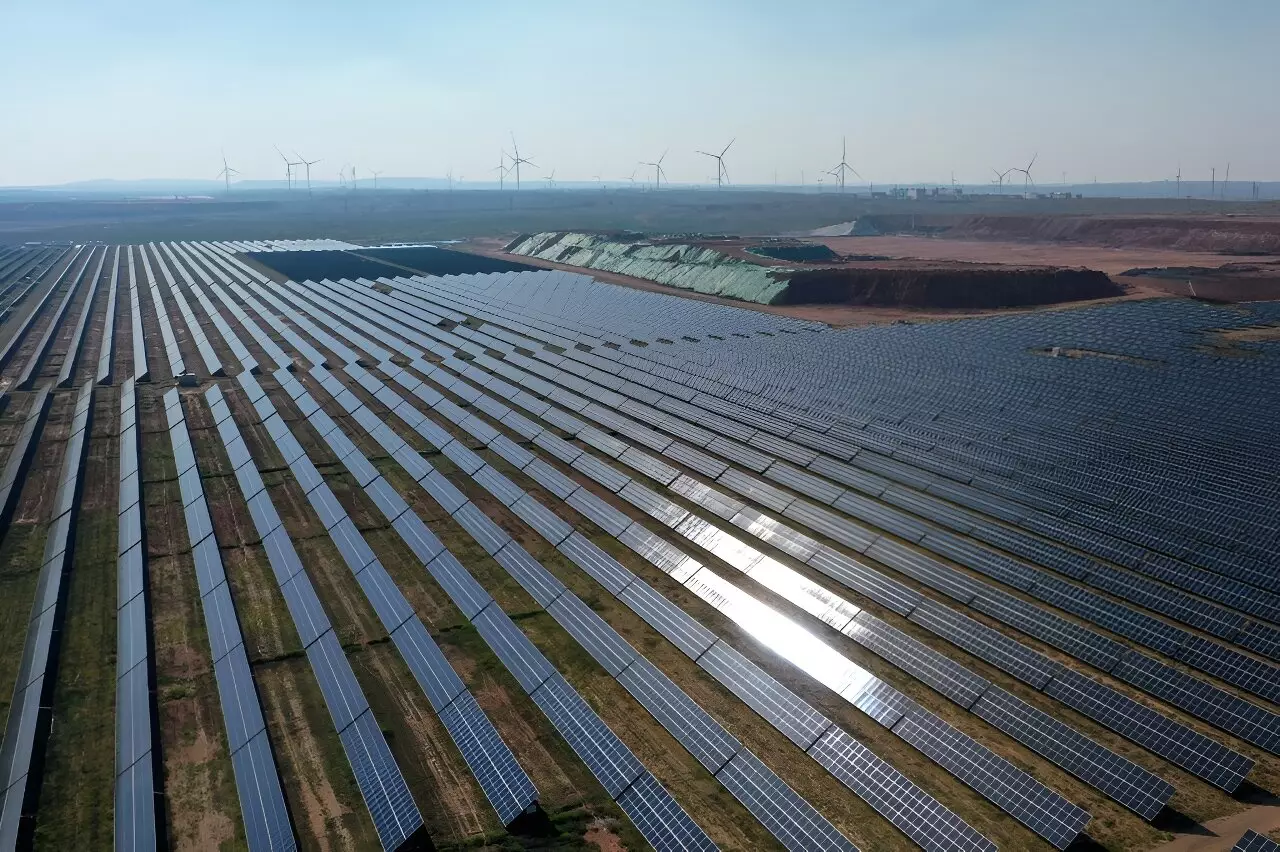In recent years, China has undergone a significant transformation in its energy landscape, driven by an increasing emphasis on sustainability. According to newly released research, the share of clean energy in China’s total consumption has surged to 26.4%, up from 15.5% a decade ago. This remarkable growth highlights the nation’s commitment to reshaping its colossal economy in a more environmentally friendly direction. Moreover, as the world’s leading greenhouse gas emitter, this pivot towards renewable energy not only reflects internal policy shifts but also carries profound implications for global climate efforts.
China’s ascendance as a powerhouse in renewable energy is noteworthy. The country has been credited with contributing over 40% of the global increase in renewable energy capacity since 2013, marking its position as a significant player on the world stage. The installed capacity of wind and solar power has reportedly increased tenfold within the same timeframe, underpinning the aggressive expansion of clean energy technologies. This acceleration aligns with China’s audacious goals of reaching peak carbon emissions by 2030 and achieving carbon neutrality by 2060, as outlined in recent government commitments.
While accolades for China’s swift transition to cleaner energy are increasingly frequent, the country has faced scrutiny for not going far enough. Its pace in moving away from traditional energy sources, particularly coal, has drawn both praise and criticism. The recent completion of renewable capacity targets ahead of schedule showcases China’s potential for innovation and rapid change. Nevertheless, there remains an urgent need for comprehensive strategies to address the inefficiencies and waste generated in the renewable sector, which still marks a notable concern.
Mismatched regional developments within the country’s renewable energy infrastructure contribute to substantial energy waste. Some areas heavily reliant on renewables may find themselves with excess supply, while others suffer from shortages. Additionally, the volatility of the domestic solar industry has led to instability for some companies, raising concerns about the economic feasibility of transitioning too swiftly without a robust support framework.
As China positions itself as a leader in the fight against climate change, the road ahead is fraught with both obstacles and opportunities. The balance between ambitious environmental goals and practical implementation will be crucial. By fostering innovation in energy storage, optimizing grid infrastructure, and ensuring equitable distribution of resources, China can navigate its complex energy landscape.
China’s advancements in renewable energy represent a significant milestone in the global transition to sustainable energy sources. However, the interplay of achievements, criticisms, and challenges highlights the intricacies of energy policy in a rapidly changing world. As China continues to evolve its energy strategy, its commitment to addressing both environmental responsibilities and economic realities will determine the effectiveness of its journey towards a greener future. The implications of its actions will resonate not just within its borders but across the globe, setting the tone for future international climate negotiations and efforts in the years to come.

